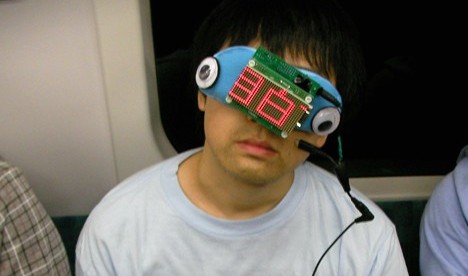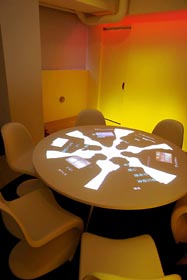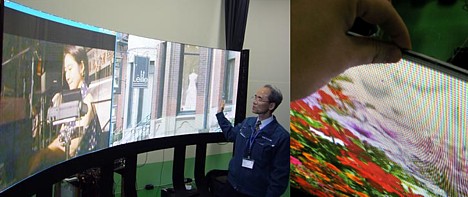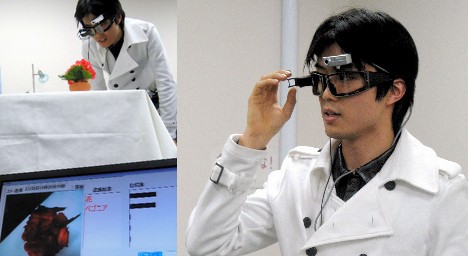Fade Out, an eye-catching visual display system developed by media artists Daito Manabe and Motoi Ishibashi, uses laser beams to "print" ephemeral glow-in-the-dark images on a wall-mounted screen coated with photoluminescent paint.
+ Video
After the computer receives and processes a digital image (in this case, a webcam snapshot), ultraviolet laser beams are fired at the photoluminescent screen to produce square pixels of glowing green light. Subtle gradations are created by controlling the timing of the laser shots and allowing the darker portions of the image to fade. The completed image gradually disappears as the glow of the screen grows dim.
The novelty of the system seems to make it well-suited for use in entertainment and advertising, and the creators are now looking at ways to create glowing images in liquid and on irregular surfaces.
Here is some video of the system being tested on a human face.
+ Video
[Via: World Business Satellite]



 IT company
IT company 

